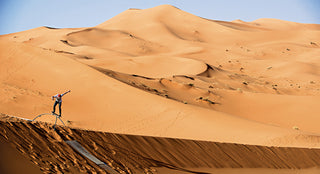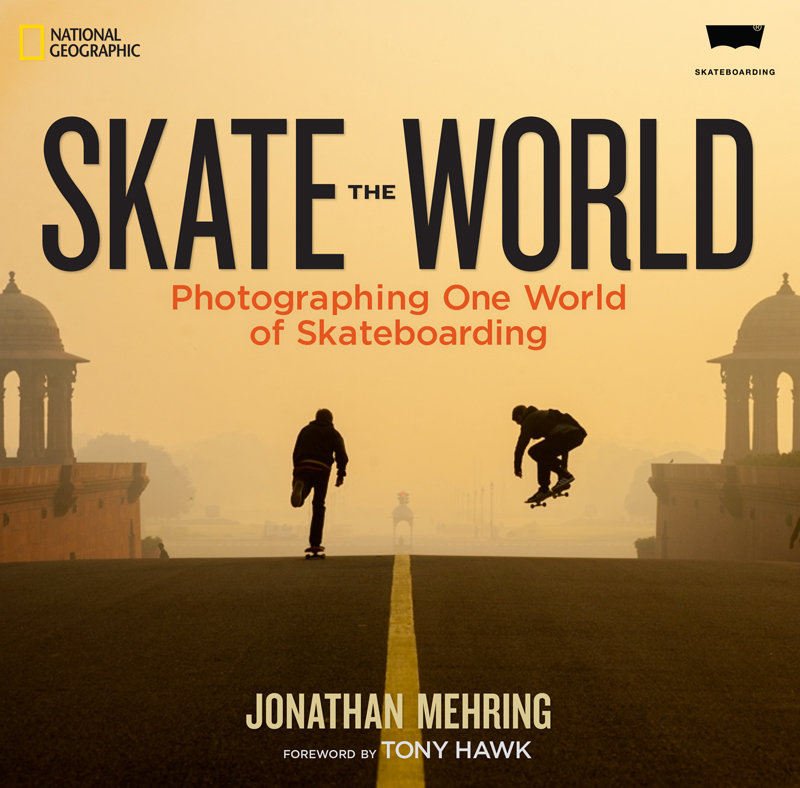As photographers, we all for the most part have goals or check boxes of things we want to accomplish in the heavy-handed hustle that is photography. Be it shoot for Vogue if you’re an editorial/fashion photog or The New York Times if you shoot reportage—then there’s National Geographic, in all its color and glory. Very few of us have the ability to create images that can grace the pages of Nat Geo, but Jonathan Mehring has, with the publication’s first-ever book of skate photos, Skate the World: Photographing One World of Skateboarding. As one of ESPN’s voted most influential people in skateboarding, Mehring has an uncanny ability to create images that show the interaction between scenery and skater in the same space, creating a picturesque image that transcends traditional skate photography. I’m pretty sure his passport rivals Steve McCurry in terms of visas, and that’s the price it takes to be that caliber of photographer, be it locations, equipment cost, vaccinations, transportation, language and cultural differences, food differences, and any number of things that one can encounter traveling abroad and off the beaten path. I got to catch up with Mehring at his book launch/signing and was able to ask a few questions about his travels and experiences working on a project of this level.
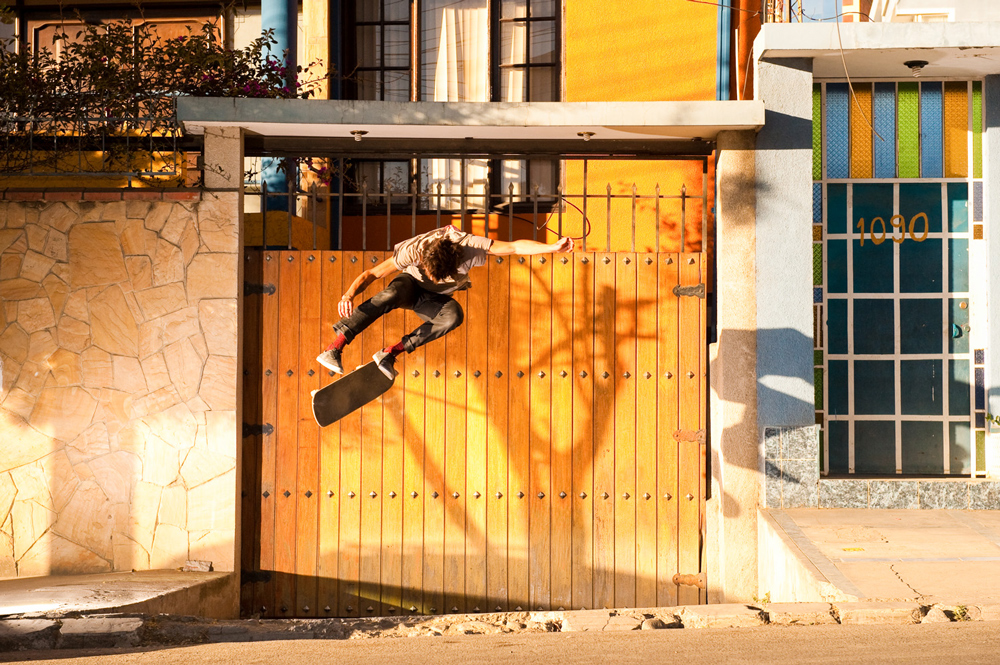
Dylan Rieder in La Paz, Bolivia. Photo by Jonathan Mehring from SKATE THE WORLD. Trick: Backside kickflip.
PETE PABON: How were you introduced to photography and skateboard photography?
JONATHAN MEHRING: I started skating in 5th or 6th grade and took a photo class in 10th grade and loved it. I went to VCU for photography and began shooting my friends skating and sending the photos to magazines. Eventually slap published one and Joe brook gave me some pointers and before long, I was working for them as a staff photographer.
Your approach to skateboarding photography is different than most; you depict the scene as a whole and the skater as part of the scenery. How did you come about this approach?
I think it just came about naturally. I always liked landscapes and I grew up in the a blue ridge mountains so it was just in my bones to shoot that way I think. I actually never really thought about it until years later when I started noticing themes in my work.
What themes did you begin to notice?
Well, just that really I realized what I liked. I like an amazing setting first. Then an amazing trick inserted into it. Like the Jaws kickflip mellon in Ethiopia in the book. That is not even a spot to most skaters, but having Jaws to shoot that with made new possibilities come to life. I like to show people being free and feeling good too. I’m not so into doom and gloom when it comes to photography. I like heroes and challenges, struggle is okay because triumph comes later.
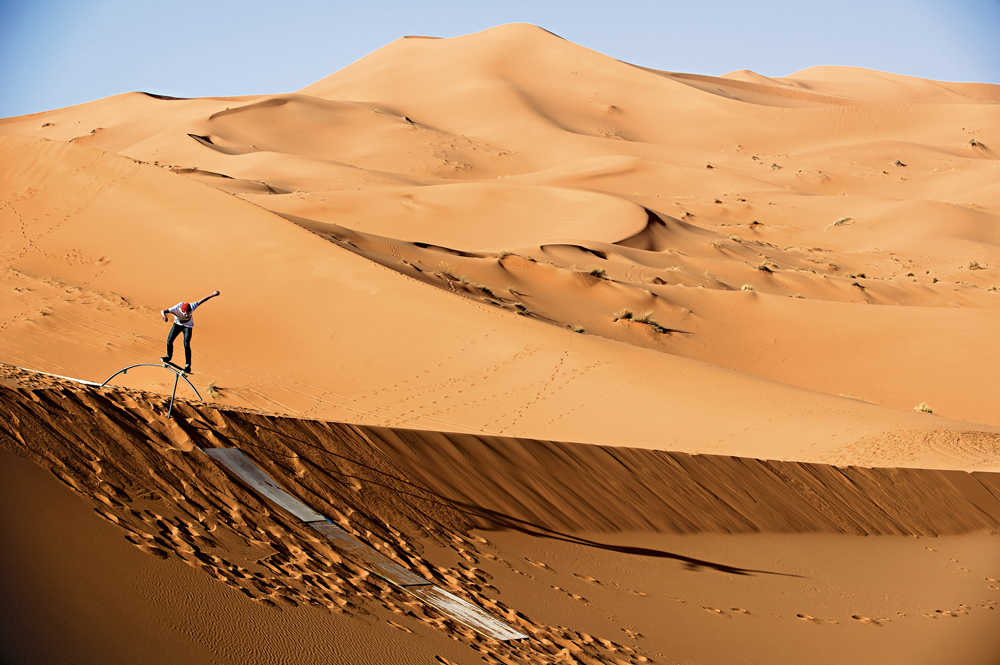
Can you list some of the places you’ve traveled and documented that surprised you in terms of the [skate] scene there?
I’d say meeting kids that were pretty good at skating in Kazakhstan or the Brazilian Amazon was pretty surprising. Also rural Vietnam, there they weren’t “good” skaters but they knew what one was and had a homemade version [of a skateboard].
Can you tell us more about the “homemade versions” [of skateboards] you came across?
They were just planks of wood with wooden axels and metal wheels. Almost like a cross between a scooter and a skateboard. There were three of them that the kids were playing with when we first saw them but they ran off and hid and eventually only brought one back out for us to see. I gave them my cruiser board with something like 70mm wheels on it when we left so maybe there’s kid out there crushing it dirt board style now.
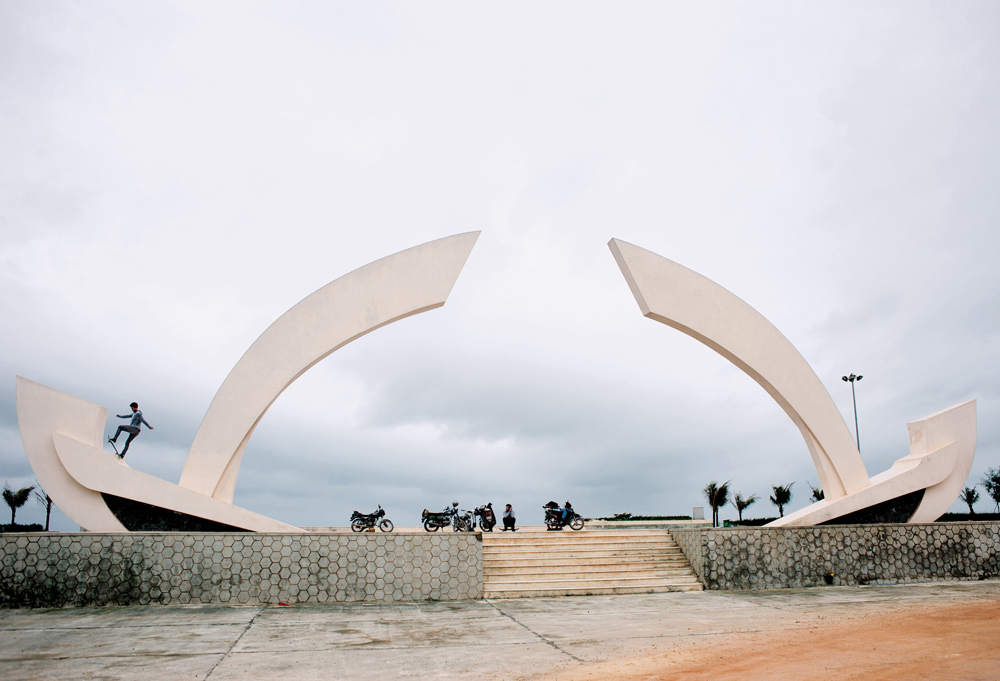
Michael Mackrodt in Dong Hoi, Vietnam. Photo by Jonathan Mehring. Trick: Frontside blunt.
More memorable travel experience on the road?
One that comes to mind at the moment is Bobby Worrest and Van Wastell having a black eye contest in a hotel room in France. We had all been drinking a bit and went back to the hotel. Van was just like, “Hey Bobby, punch me in the face and give me a black eye so tomorrow when we get photos well look like we’ve been in a fight. It’ll be sick! But you have to let me punch you too.” Bobby agreed and they would brace themselves for the others punch to the cheek back and forth and then shake hands after each turn to make sure they were still bros. I just stood there taking photos. It was epic. The next day they fully had 2 black eyes each.
Compiling the photos for this book is a daunting task in itself, how do you narrow it down and choosing what makes it and doesn’t?
Luckily I worked with a staff photo editor at [National Geographic]. I sent in thousands which he narrowed to hundreds and then I went down to DC and met him in person with the designer and we went through as a group and narrowed it down even further, probably to 80% of what the book ended up being.
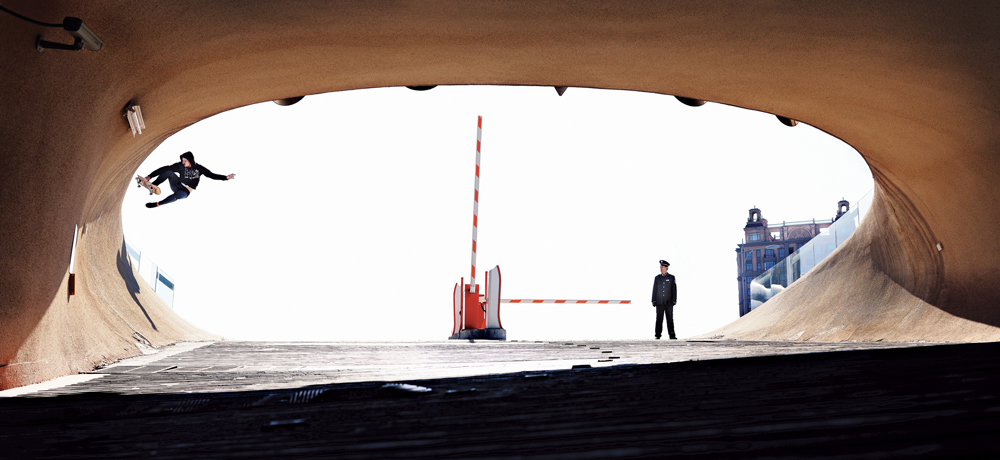
Paul Battlay in Ordos, China. Photo by Jake Darwen from SKATE THE WORLD. Trick: Boneless.
Working with Nat Geo is up there on the list of things most photographers put up there as milestones in their careers. How was it working with/for them?
Yeah, it’s funny I never really thought my path would lead me there. It just kind of happened. It was amazing working with them. A complete honor. I was so nervous the first time I went in for a meeting but it was chill and there was never a feeling that it wasn’t a good fit or anything. It was kind of casual. It took a long time though. My first meeting about the book was in 2009 when editor Susan Hitchcock had me come down there. Then it took until 2014 before any forward movement happened at all. The work wasn’t really there and I needed a sponsor to help with production costs.
I’ve always felt that skateboarding can transcend race, culture, social and economical difference. In your travels documenting skateboarding, have you come across anything like this?
That’s exactly what the book is about. Skaters all understand that to some degree but the general public has no idea. So I felt since this book has a broader audience than just skaters that I needed to explain that and give examples for people who maybe don’t know about skating but are interested in it.
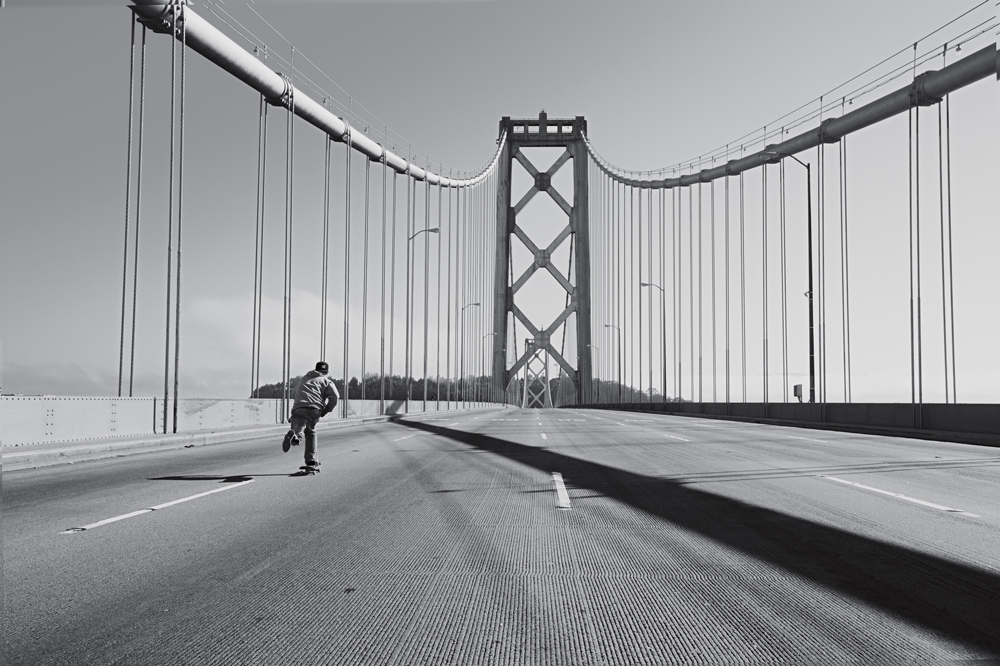
Josh Kalis pushes across the Golden Gate Bridge in San Francisco, California, U.S.A. Photo by Mike Blabac from SKATE THE WORLD.
What was the journey like developing your craft from your years as rookie staff photographer to where you are now?
It’s been pretty insane. I’ve been on top of the world and completely jaded at times. I think I just need a lot of excitement around me. If things are too quiet and controlled, I get a little antsy. I like to keep things moving. I can’t even explain how ecstatic I was when the phone rang from Slap Magazine back in 2000. Or when they asked me to shoot for them as a staffer. Or obviously this week with the book launch was absolutely incredible. So many people came out and it was wild as hell. Everyone had so many positive things to say about it and all the feedback has been super good. I loved it. The book even got up to #462nd on Amazon.com on Tuesday out of over 10,000,000, which is better than anyone could have hoped for.
Do you have any advice for budding young photographers?
Be patient and follow your heart. If you love what you are shooting that will show through and people will recognize that and be drawn to it.
Why do you think skateboarding and an enthusiasm/willingness for traveling and seeing the world seem to go hand in hand?
I think that could vary a lot per person but I think most of us have a drive to get out there and make things happen. After a while even the most content-to-stay-at-home skater will want to venture out a little farther and see what’s out there. Who doesn’t like a good road trip every once in awhile? Also there’s a feeling that we belong in the streets which is kind of empowering. The world feels like it is yours a bit. No matter where you are, if you’re out skating you feel like you belong there.
***
Click the image below to purchase Mehring’s game-changing book Skate the World.

